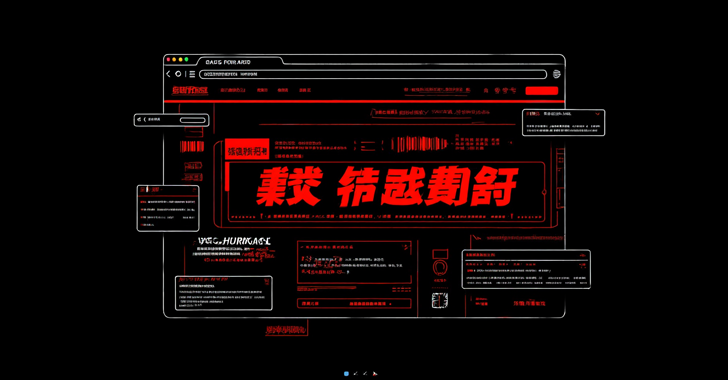Product Walkthrough: How Datto BCDR Delivers Unstoppable Business Continuity
Long gone are the days when a simple backup in a data center was enough to keep a business secure. While backups store information, they do not guarantee business continuity during a crisis. With IT disasters far too common and downtime burning through budgets, modern IT environments require solutions that go beyond storage and enable…
Read more










